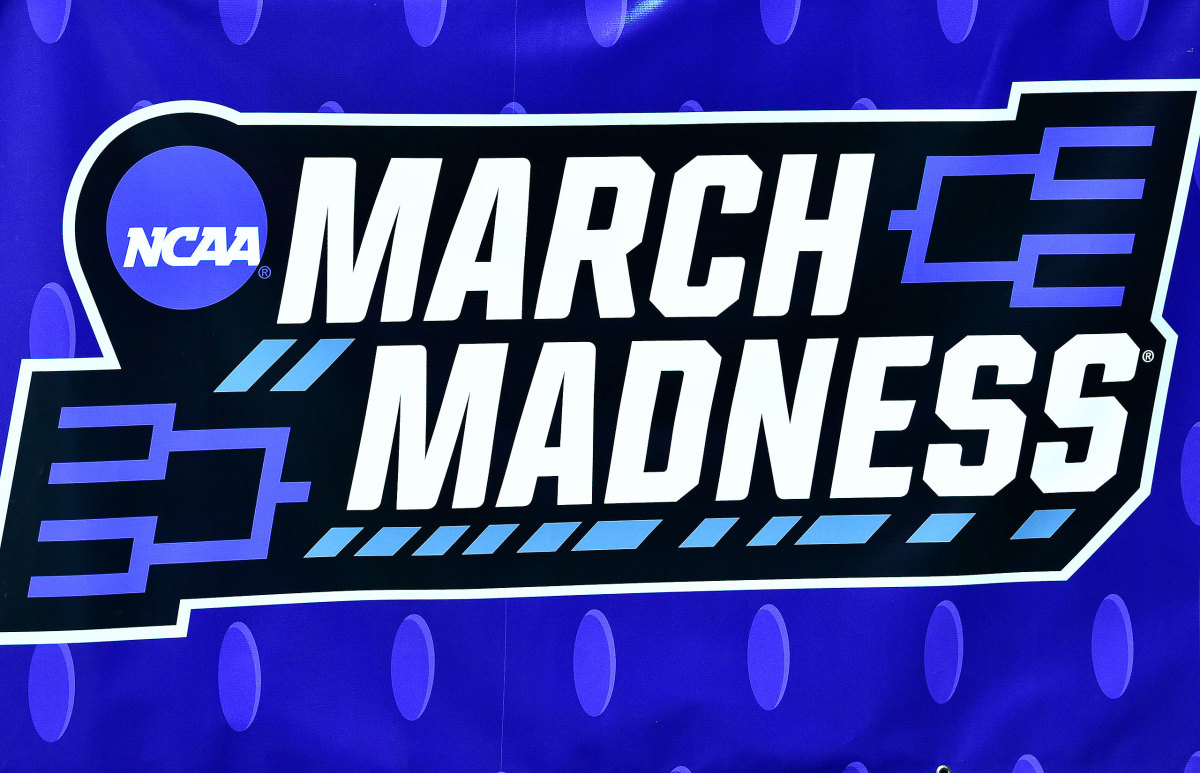March Madness in Indianapolis? The NCAA's Tentative Plan Would Make a Lot of Sense

The Big Dance will be conducted on a smaller dance floor in 2021.
The men's NCAA tournament’s vast national stage is shrinking to one centralized location. Let’s hope that’s the last (and least impactful) concession March Madness has to make to the pandemic.
The NCAA announced Monday that instead of spreading the love and the hoops to 13 different coast-to-coast sites, as usual, it will play the men’s basketball tournament in a single area. Greater Indianapolis is the most likely and most logical and most fitting location. NCAA senior vice president for basketball Dan Gavitt said nothing is finalized yet with Indy, which already was the scheduled site for the Final Four, but all signs point in that direction.

(Organizers of the women’s tournament are exploring the same consolidation format, Gavitt said. That Final Four is slated for San Antonio, another city that could be well-equipped to handle the entire tourney.)
The plan is still to field a 68-team tournament—“no more, no less,” Gavitt said—but to eliminate back-and-forth travel for advancing teams. There will be no First Four games in Dayton; no first-round games in Boise, Dallas, Detroit, Providence, Lexington, Raleigh, San Jose and Wichita; no regional games in Denver, Minneapolis, Brooklyn and Memphis.
That’s a shame for those communities, the basketball fans who live there and the schools hoping to play tournament games close to home. But in terms of COVID-19 safety precautions, a nomadic three-week existence for participating teams is an invitation for disaster.
Instead, hunkering down in one place for the duration of the Big Dance makes all kinds of sense. And as Gavitt noted, “Indianapolis may be that optimal location.”
It won’t be a true bubble, at least not in the NBA’s Disney World sense. But it will be a contained environment.
Indy is almost perfect—perhaps the only thing lacking is a major airline hub. Located near the country’s middle, travel is fairly convenient from almost anywhere. The centralized downtown is ideal for hosting major events, which is why the city has become a popular convention destination. NCAA headquarters are right there. And it is college basketball Holy Land, a state that may love the sport more than any other.
Also vitally important: No other city would have enough competition venues for 68 teams playing 67 games. If the tourney is organized like normal, there would be a need for eight first-and-second-round gyms, something Indy and its surrounding neighbors can make work.
There is Lucas Oil Stadium, where the Final Four is scheduled. There is Bankers Life Fieldhouse, where the Pacers play and where the Big Ten tournament has often been held. There is historic Hinkle Fieldhouse at Butler, one of the shrines of the sport. There is Indiana Farmers Coliseum, where IUPUI is playing home games and where the Horizon League had its 2020 tournament. There are many of the nation’s largest and best high school gyms in the general area, not to mention facilities at Division II Indianapolis and NAIA Marian University.
If the NCAA takes the tournament outside the I-465 ring around Indy, the possibilities only increase. Indiana University’s Assembly Hall and Purdue’s Mackey Arena are an hour’s drive away.
While health and safety precautions overrule romance, the idea of seeing NCAA tournament games in some of the Hoosier State’s storied high school gyms is intriguing. At least 10 gyms seat more than 7,000. Could there be games at the 8,228-seat gym in Seymour, about an hour South of Indy, the hometown of John Mellencamp? To the east is New Castle (which had its celebrated capacity of 10,000 downsized to 7,829, according to recent research) and Richmond (7,786). To the north is Marion (7,560). Southport (7,124) is just a few miles away from downtown.
Of course, venue size might also be driven by how many fans are allowed to purchase tickets and attend. While the primary economic concern is preserving hundreds of millions in TV revenue, the NCAA certainly would like to sell as many tickets as possible. So, the bigger the better in terms of seating capacity.
But nobody knows what community health standards will look like come March. And, in fact, nobody knows what the state of college basketball will look like by then, either.
Starting the season is proving to be an arduous task. Many multiteam events have been canceled. Iona has already postponed the debut of new coach Rick Pitino by at least four games, due to COVID-19 restrictions. The Ivy League has punted altogether on winter sports.
“It’s not a surprise that there’s disruptions at this time,” Gavitt said. “It’s possible that will be the case, unfortunately, during the entirety of the 2020–21 season.”
How bad will it get? No one knows, but everyone is nervous. Contact tracing from a single positive player could easily take out an entire team for weeks at a time. The NCAA set a minimum standard of 13 games played for tourney consideration, and there are some concerns that even that number—about half a full schedule—can be reached. (Gavitt said there will be a waiver process by which teams could appeal for eligibility if they can’t reach the 13-game threshold.)
The ultimate goal is simply to get to March, and to have a tournament. Nobody involved in college basketball wants to go through the depression (and economic deprivation) of March 2020, when the Big Dance was called off just days before Selection Sunday.
It will be a white-knuckle ride toward a Big Dance in a single state, and quite likely in a single metropolitan area. Let’s see whether we get there.
“It’ll be different,” Gavitt said. “It’ll be historical. It will hopefully be something we all treasure and remember—and we do it just once.”
